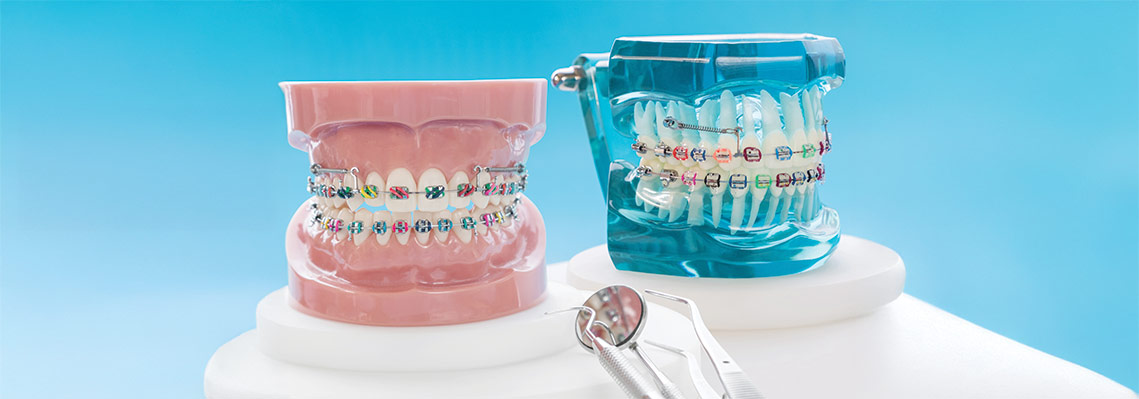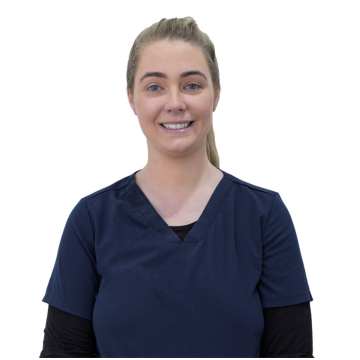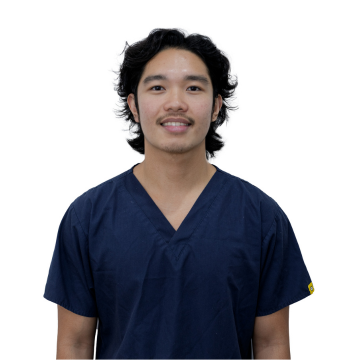Getting proper alignment of teeth through braces feels like a major accomplishment in life. While your braces journey comes to a stop when you get your braces removed, the true test of dental sustainability begins at that time. Long-term results of braces depend on wearing orthodontic retainers with a dedication to retaining teeth alignment. Understanding the importance of wearing orthodontic retainers after braces is crucial for achieving a long-lasting perfect smile, along with the prevention of unwanted orthodontic relapse.
The process of putting braces to align the teeth requires a long time commitment and significant dedication. The successful alignment of teeth depends on both thorough adjustments and constant monitoring. The jaw bones tend to recover their original positions after braces are removed. This may happen due to the natural movement of teeth along with muscle memory. This is where orthodontic retainers are important. With retainers, you make sure that the time, money, and effort that went into braces are not wasted.
Don’t Let Your Braces Work Go to Waste – See Why Retainers Matter!
A] Why Retainers Are Essential After Braces
-
Maintains Teeth Alignment
Braces set teeth into proper positions, yet they will eventually move away from their corrected position unless teeth retainers are used. A retainer for teeth alignment supports teeth stability by stopping them from moving back to their original positions. If patients stop using their retainers according to the prescribed schedule, orthodontic relapse becomes a usual issue.
Retainers work by holding the teeth in their corrected positions until the bone, gums, and surrounding structures stabilize. Orthodontists suggest a tailored plan for retainer usage for every individual. They may advise wearing them full-time, lasting several months, followed by wearing them only at night. Not wearing retainers can lead to tooth movement within days to weeks, thus requiring further orthodontic care.
-
Stabilises Bone and Gum Tissue
Once braces are removed, the surrounding bone and gum tissue need time to adapt to the new alignment. Wearing a retainer use after orthodontic treatment ensures that these structures stabilise properly, supporting the long-term success of orthodontic work. The teeth are held in place by the periodontal ligament, which takes time to reorganize and strengthen in response to the new alignment.
During the first few months after braces removal, the bone and soft tissues surrounding the teeth are still malleable, meaning any minor shifting can become permanent if not controlled. This is why orthodontists emphasize consistent retainer use. Over time, the tissues adjust, but nighttime retainer wear is still recommended for long-term stability.
-
Prevents Orthodontic Relapse
Investing in braces requires time and money, and not wearing a retainer can undo all that effort. The orthodontic retainer benefits include reducing the risk of orthodontic relapse, and ensuring that the teeth remain aligned for years to come.
Some individuals may experience a relapse years after completing orthodontic treatment, especially if they stop wearing their retainers. While minor shifts can be corrected with new retainers, more significant misalignment may require further orthodontic intervention, such as clear aligners or even reapplying braces. Wearing a retainer as prescribed is the best way to protect the investment made in a perfect smile.
B] Types of Retainers After Braces
Choosing the right retainer is an important decision that depends on personal preference, lifestyle, and orthodontic needs. There are two primary retainer types after braces: removable and permanent.
-
Removable Retainers
A popular choice for many patients, removable retainers are easy to wear and clean. They are available in two main designs:
- Clear plastic retainers: Discreet and custom-molded for comfort. These retainers, such as Essix retainers, are made from transparent plastic and fit snugly over the teeth, making them virtually invisible.
- Hawley retainers: Traditional wire and acrylic design, durable and adjustable. Hawley retainers consist of a metal wire that wraps around the front teeth, supported by an acrylic plate that sits against the roof of the mouth or behind the lower teeth.
-
Permanent (Fixed) Retainers
For those who may forget to wear a retainer, permanent (fixed) retainers are an excellent option. Bonded behind the teeth, they provide long-term retention without the need for daily insertion and removal. These retainers are especially beneficial for patients who have undergone extensive orthodontic correction or who have a high risk of relapse.
Fixed retainers consist of a thin wire that is cemented to the back of the teeth, typically in the lower front region. Since they remain in place, patients do not have to worry about losing or forgetting them. However, they do require special attention when brushing and flossing, as plaque and tartar can build up around the wire.
C] Choosing the Best Retainer
When considering permanent vs. removable retainers, factors such as lifestyle, comfort, and compliance should be taken into account. Consulting an orthodontist can help determine which retainer is best after braces based on individual needs. Some patients may opt for a combination of both—using a fixed retainer for lower teeth while wearing a removable retainer for the upper teeth.
D] Retainer Maintenance Tips
Proper care of retainers is essential to ensure they function effectively and last as long as possible. Here are some essential retainer maintenance tips:
-
Cleaning and Hygiene
To prevent bacteria buildup, retainers should be cleaned regularly using mild soap and a soft brush. Avoid using toothpaste, as it can be too abrasive. For deeper cleaning, a retainer soak using a denture or retainer cleaner can help eliminate bacteria and odors.
-
When to Replace Your Retainer
Over time, retainers can become worn out or damaged. Knowing when to replace your retainer is crucial—if it becomes cracked, loose, or ineffective, it’s time to consult an orthodontist for a replacement. Removable retainers may warp due to heat exposure, while fixed retainers may become detached from the teeth over time.
-
Proper Storage
To prevent damage or loss, retainers should always be stored in a protective case when not in use. This simple step can prolong the retainer’s lifespan and maintain hygiene. Many orthodontic patients lose their retainers due to improper storage, leading to unnecessary replacement costs.
E] Finding the Right Orthodontic Care
For those searching for orthodontic retainers in the Sunshine Coast, consulting a trusted clinic can provide expert advice and customized retainer options. Similarly, finding a qualified dentist in the Sunshine Coast ensures comprehensive post-braces dental care and long-term oral health support.
Need a new or replacement retainer? Book your appointment now
Conclusion
Wearing a retainer is an essential step in preserving the results of orthodontic treatment. Whether opting for a removable retainer or a permanent (fixed) retainer, consistent use and proper maintenance ensures a lasting, confident smile. For the best results, consult an orthodontist to determine the ideal retainer for your needs and follow recommended care practices to keep your teeth beautifully aligned for years to come.
FAQs
Q) How long do I need to wear my retainer after my braces?
Initially, retainers should be worn full-time for the first few months after the removal. Gradually, wear time can be reduced to nighttime use, but long-term retention is recommended for maintaining alignment.
Q) What happens if I forget to wear my retainer for a few days?
Skipping a few days can result in slight teeth shifting. If the retainer feels tight upon reinsertion, it’s a sign that the teeth have started to move. Wearing it consistently will help prevent further shifting.
Q) How often should I replace my retainer?
While some retainers can last for years, they should be inspected regularly for wear and tear. Many orthodontists recommend replacing them every few years or sooner if they show visible damage.

Dr. Adarsh Pisharodi
Dr. Adarsh Pisharodi, serving as the principal dentist at Oris Dental, brings a wealth of expertise spanning over 26 years to his esteemed practice. Specializing in cosmetic dentistry, dental implants, and orthodontics, he takes immense pride in rejuvenating countless smiles and instilling confidence in Sunshine Coast residents. As an esteemed member of the Australian Dental Association and esteemed dental societies, he remains steadfast in delivering exceptional care to his patients.















